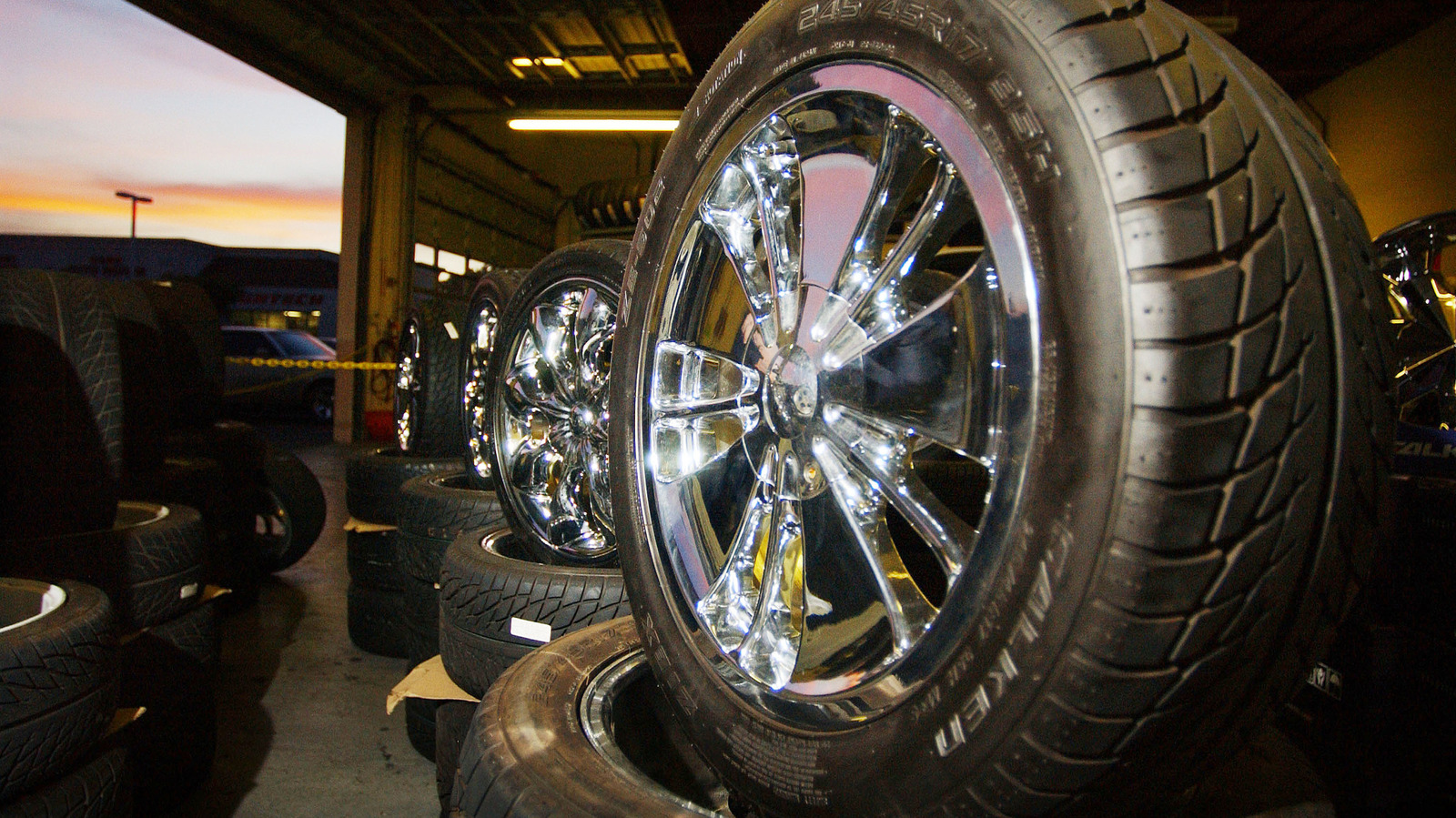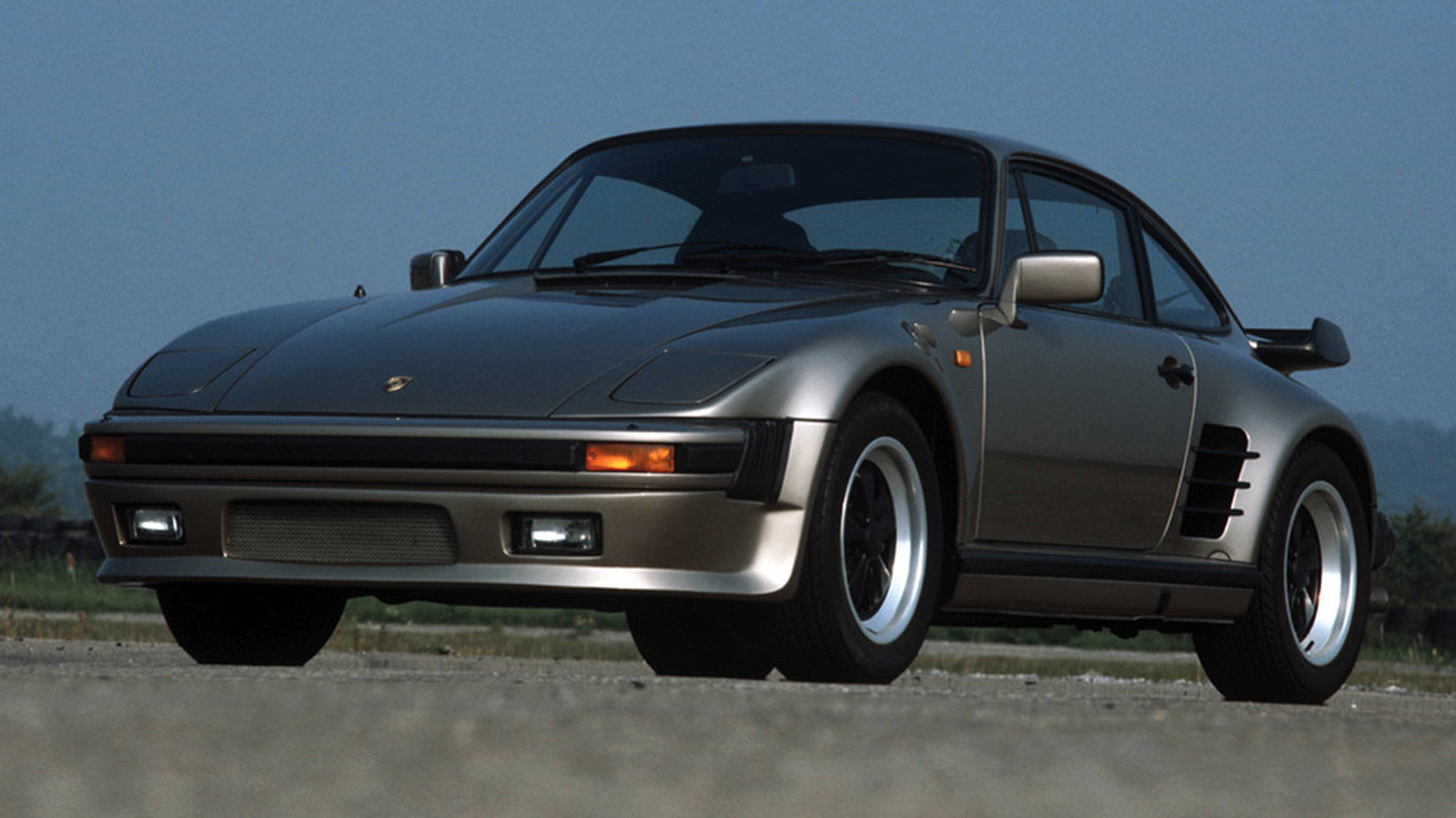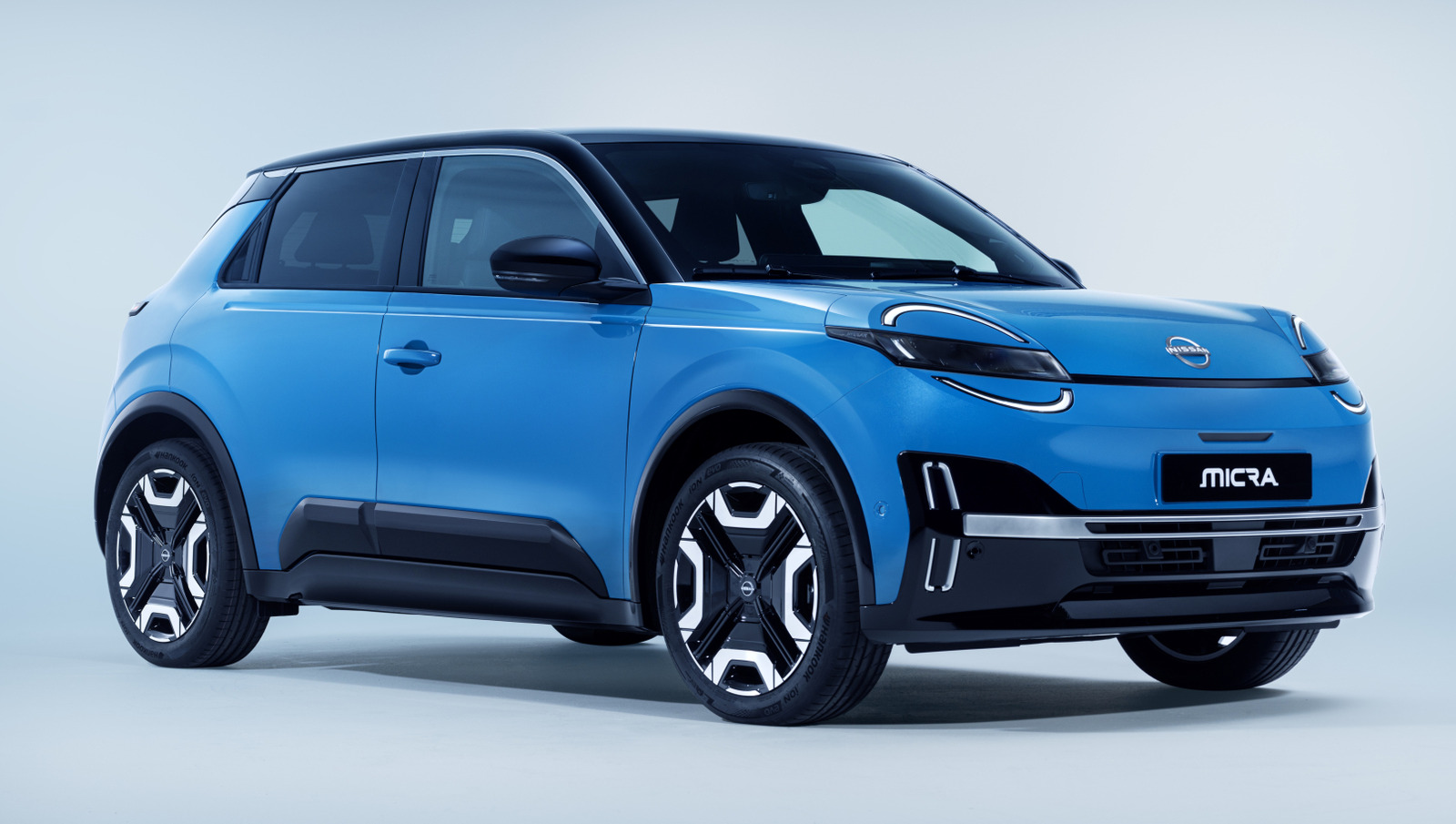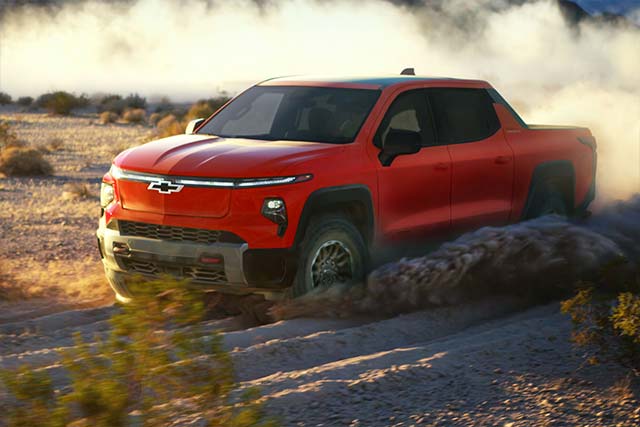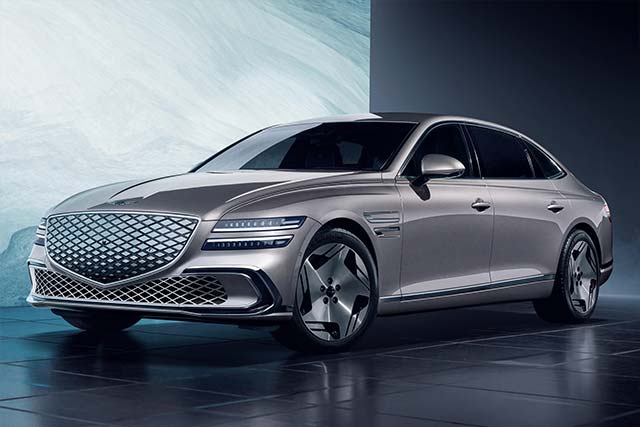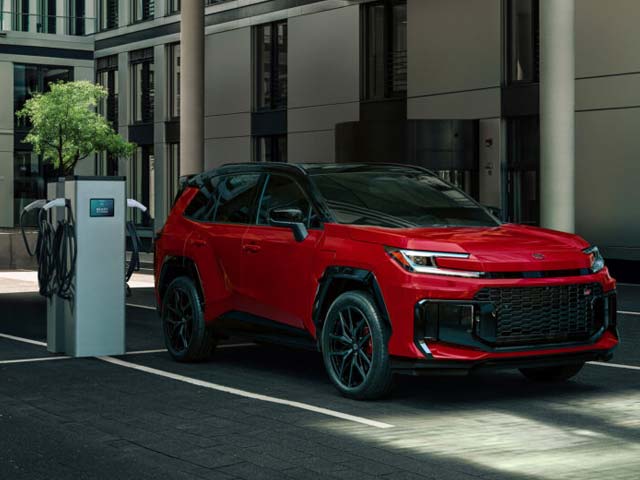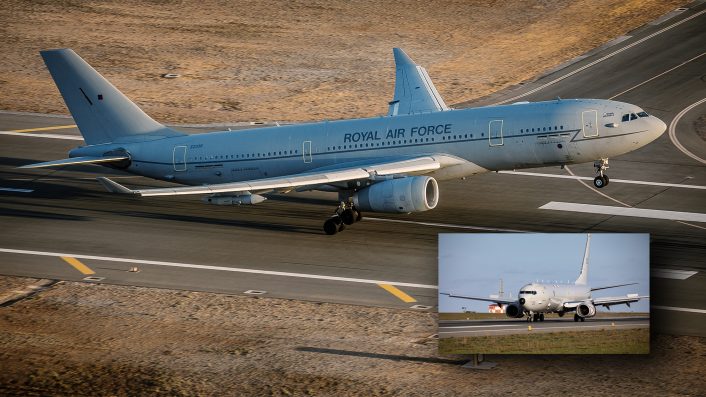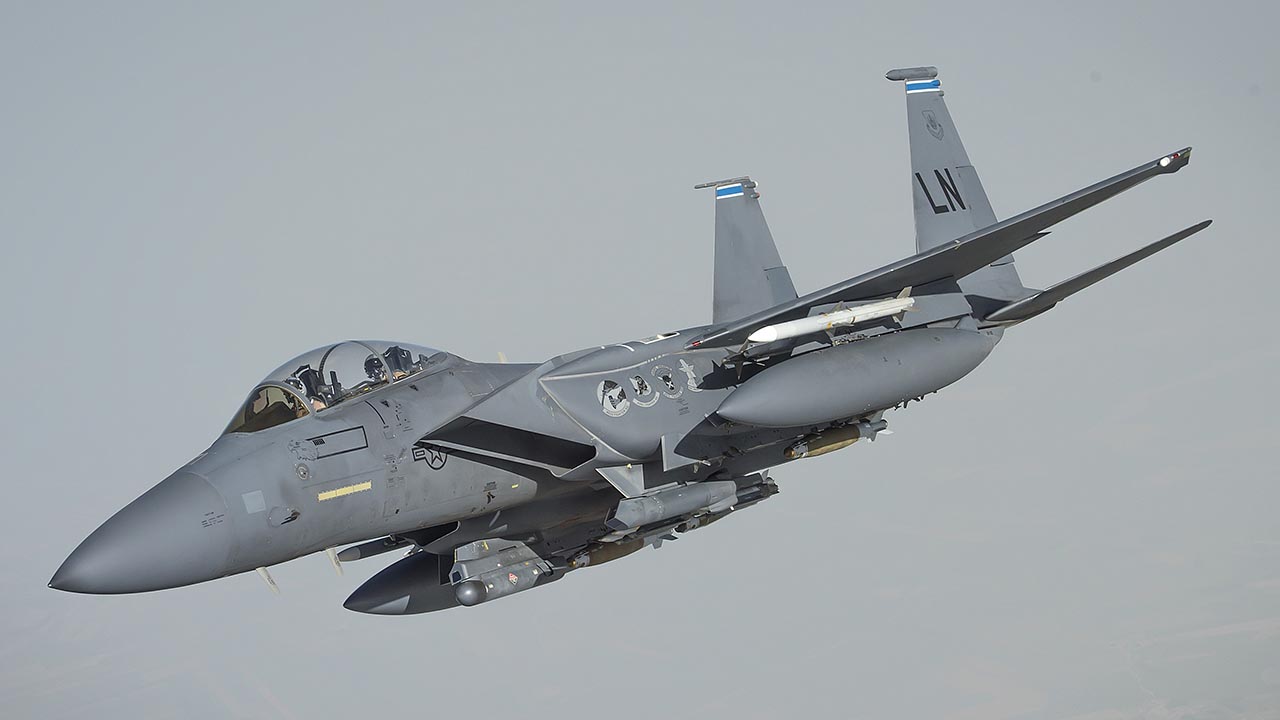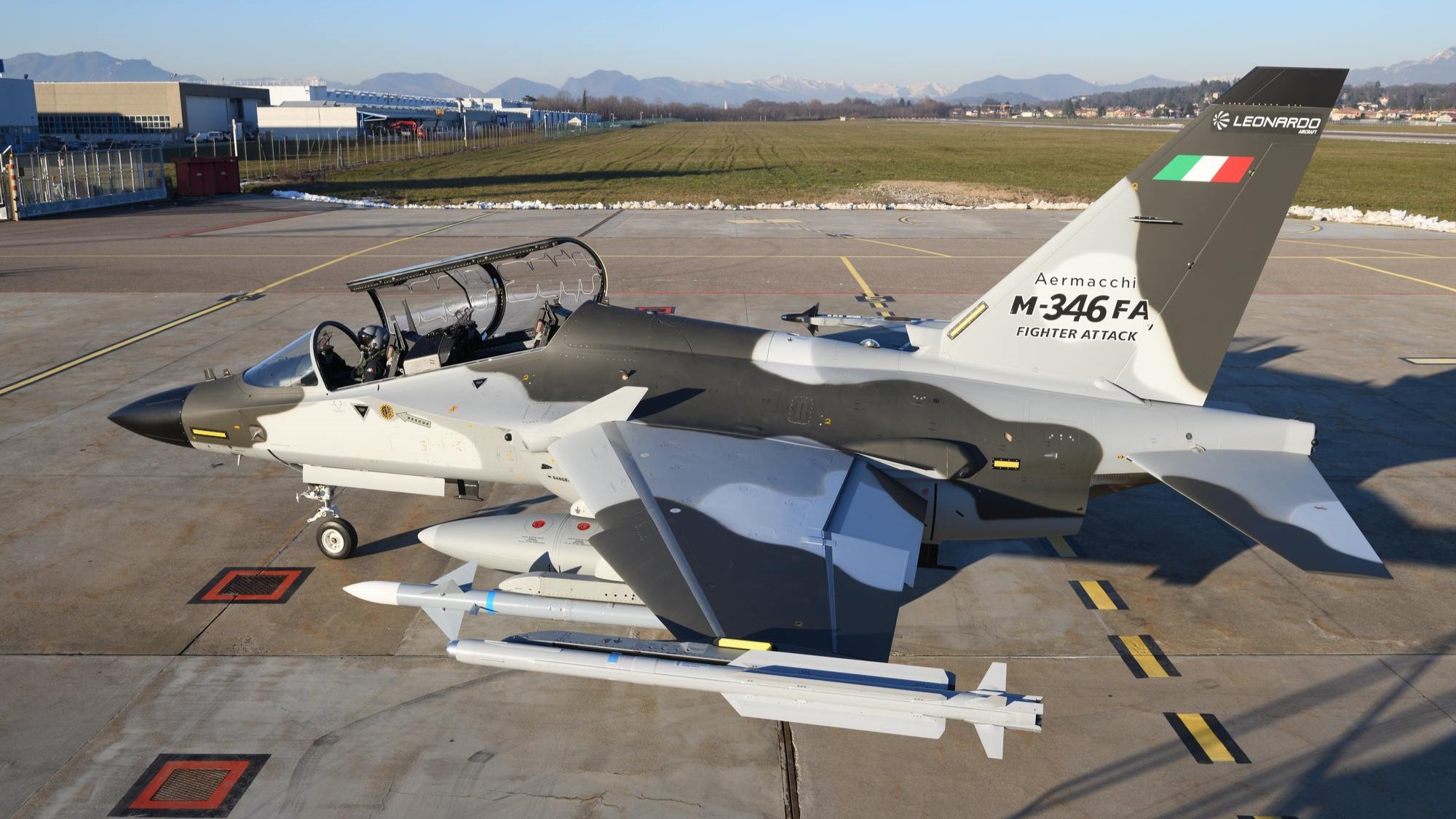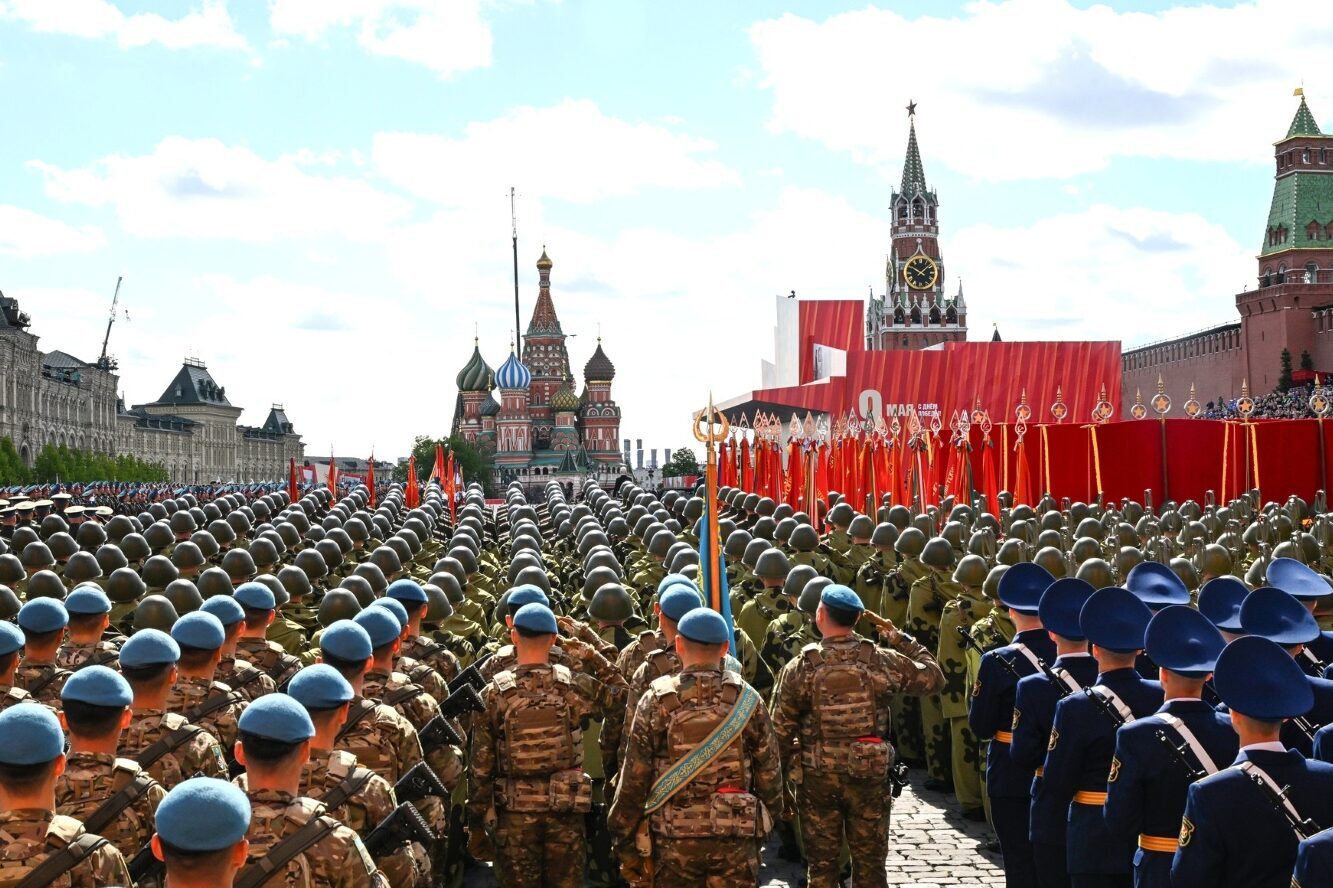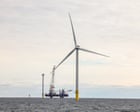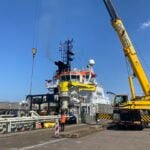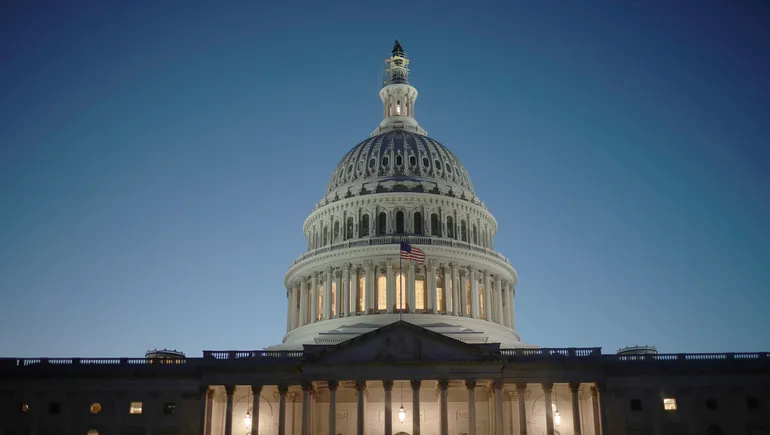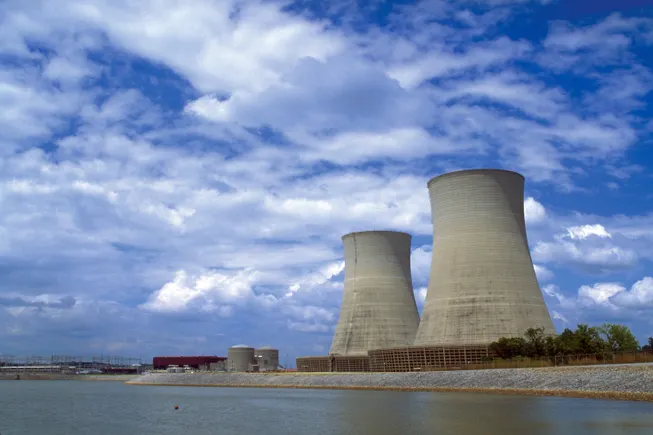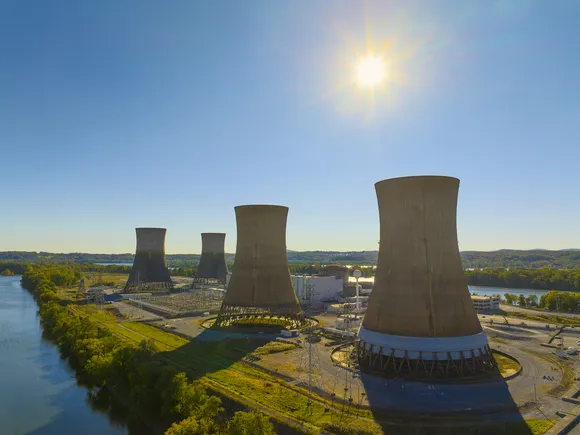‘Behind glide slope’: Navy Reserve chief calls for Congress to step up its KC-130J buy
Vice Adm. Nancy Lacore said only about 40 percent of the C/KC-130J fleet are mission capable on average, numbers she described as “not great.”


A U.S. Navy Reserve KC-130T refuels an EA-18G Growler in the skies over Naval Air Station Patuxent River in Maryland during testing that enabled the service’s fleet of Hercules aircraft to aerially refuel a significantly expanded number of aircraft in in early 2025. (U.S. Navy photo by Erik Hildebrandt)
WASHINGTON — The Navy Reserve is currently falling short of its modernization target as it tries to replace its aging C-130T cargo planes with newer KC-130Js, and it will need Congress to step in with about six aircraft per year to meet its goal by 2030, its top officer told lawmakers today.
“We started this recap journey in 2024 and we’re behind glide slope, honestly,” Vice Adm. Nancy Lacore, chief of the Navy Reserve, said during a House Appropriations defense subcommittee panel. “The plan was to be at 32 aircraft by 2030. We got one in [fiscal] 2024 and two in 2025, and we’re super grateful for them. But right now, for the out years, we need to be looking at six per year in order to get us where we need to go.”
The Navy Reserve currently operates 27 C/KC-130T aircraft — a mix of C-130T cargo planes and KC-130T refueling aircraft — all of which are used for long-range logistics support, as well as serving as the service’s only platform able to transport bulk cargo such as F-35 engines, submarine masts, and missiles and torpedoes, Lacore said in written testimony. (All iterations of the C-130 are made by Lockheed Martin.)
But at an average age of 34 years old, the aircraft have struggled with obsolete parts, high operating costs, and low mission capable rates, she said. Replacing them with KC-130Js is the Navy Reserve’s biggest modernization priority.
Only about 40 percent of the C/KC-130J fleet are mission capable on average, numbers Lacore said are “not great” compared with the 75 percent mission capable rate the service projects for the newer J model.
The KC-130J also has more advanced mission systems that improve the survivability of the aircraft, including the AN/ALE-47 Airborne Countermeasures Dispenser System, AN/AAR-47 Missile Warning System, and AN/ALR56M Radar Warning Receiver, she said in written testimony.
“What are we going to get out of this? A lot,” she said. “We anticipate being doubling our sortie rate, getting three times the service radius in combat. And if you’re looking at aerial refueling and ground refueling in an austere air field, we’re looking at eight times what we have currently available to us.”
Lacore — along with leaders of the National Guard, as well as the reserve components of the Army, Air Force and Marine Corps — spoke to House appropriators ahead of the rollout of the president’s fiscal 2026 budget. With no funding request available for Congress to review, the military officials made the case to the lawmakers responsible for holding the budgetary purse strings for sustained Guard and reserve pay, as well as continued support for National Guard and Reserve Equipment Account funding.











